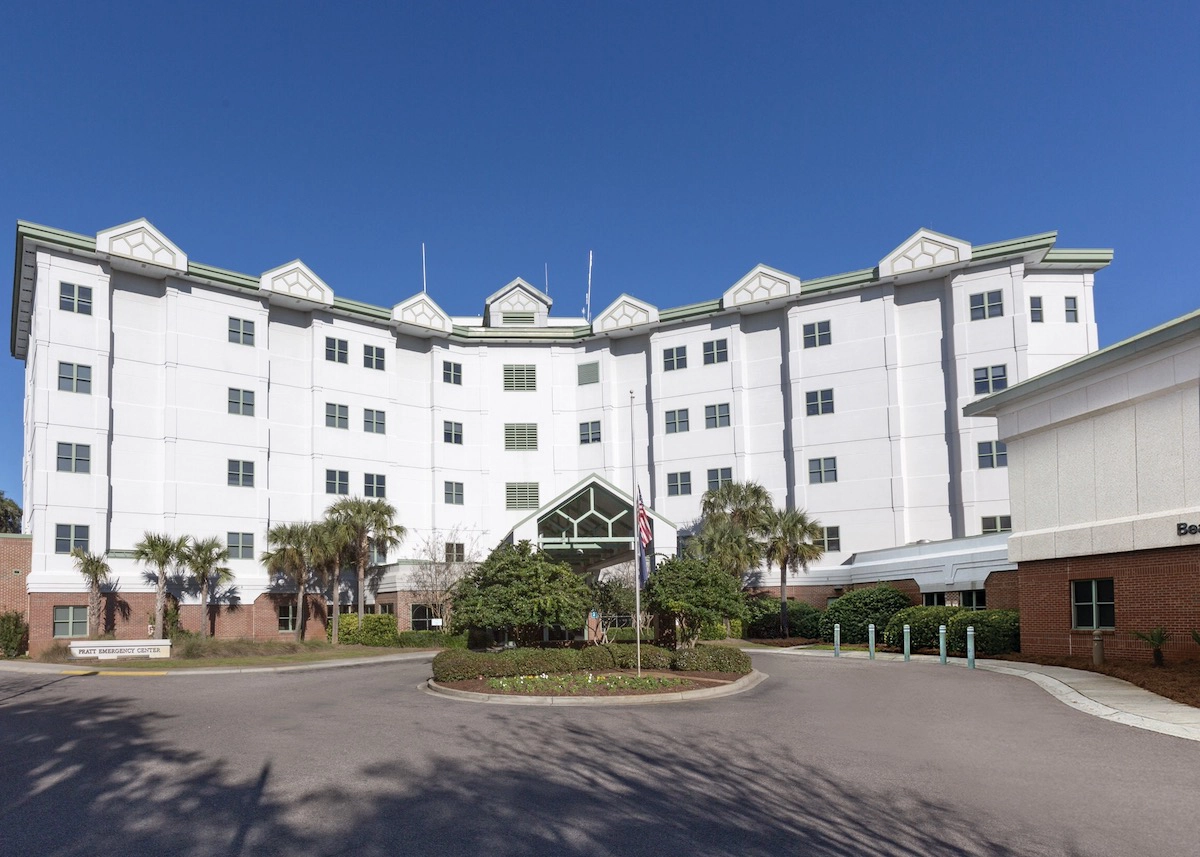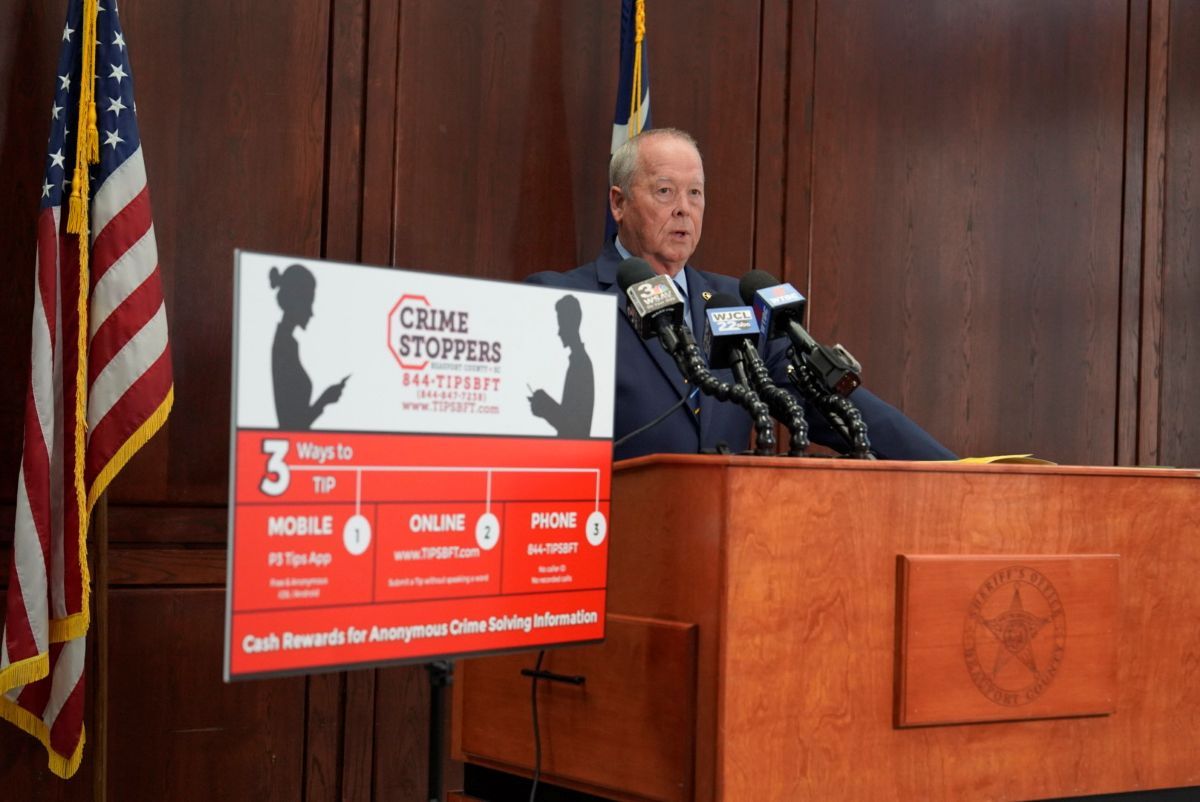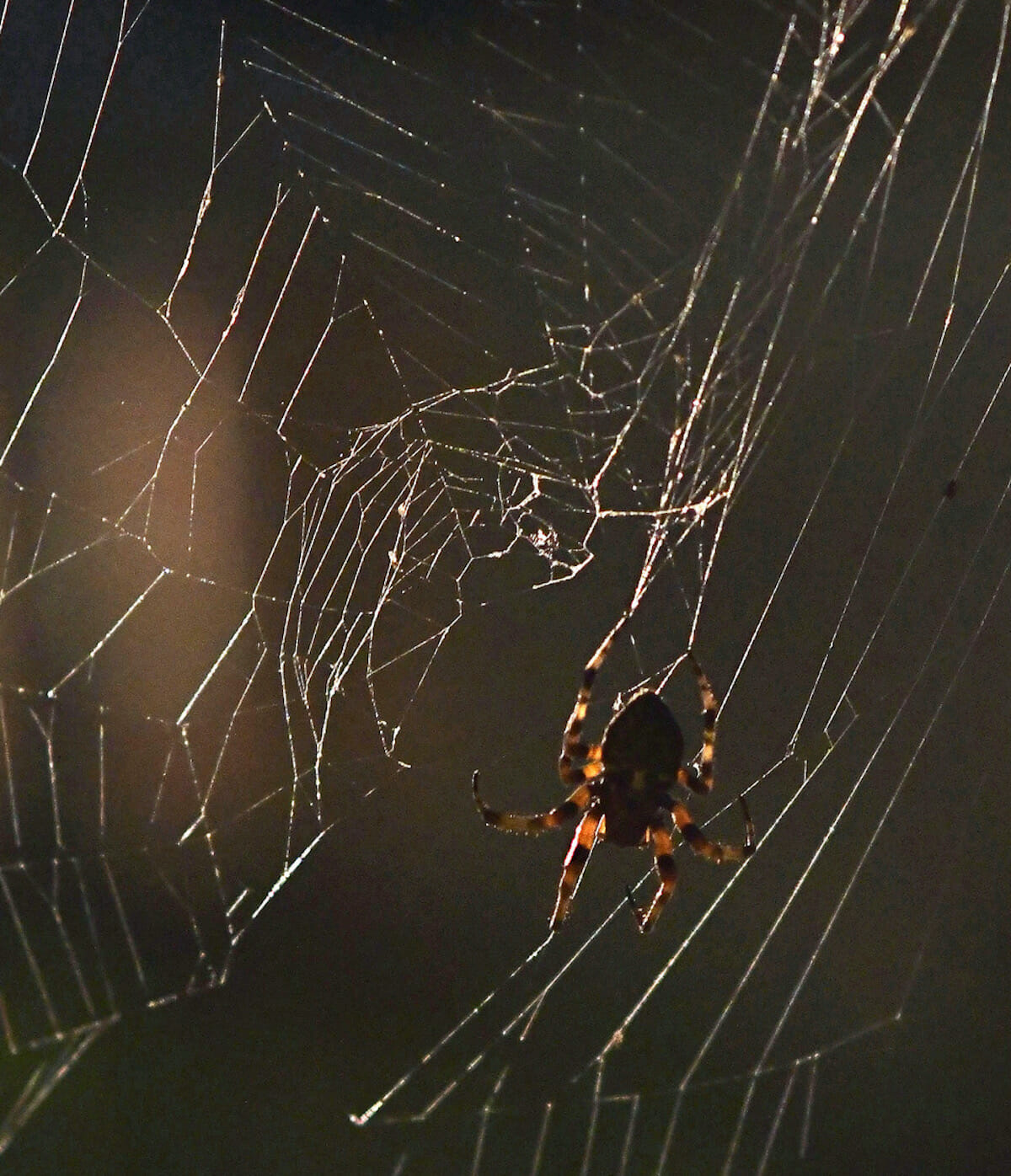Archeological search for Stuarts Town underway in The Point neighborhood
By Tony Kukulich
After a ceremonial start to the search for Stuarts Town in June, the real archeological work in the week-long effort to locate the 17th-century Scottish settlement got underway in earnest Monday, Aug. 8.
The team is led by Chester DePratter, Ph.D., from the University of South Carolina and Charles Cobb, Ph.D., from the University of Florida.
“This is the initial search for the remains of a colony that lasted only two years,” Depratter said. “We will be digging a couple of hundred small holes totaling 400 to 600 square feet in an area of about 40 acres. We hope to show that The Point was occupied in the 1680s, and if we are extremely lucky we will find remains of a burned Stuarts Town house in one of our small shovel tests. No matter what, we will document the multiple periods of occupation in The Point over the past three centuries.”
Stuarts Town got its start in November 1684 when 51 Scottish settlers seeking an opportunity to practice religion freely landed on Port Royal Island. The plans for the settlement included 220 lots, though just a fraction of those were likely claimed during the town’s short existence. Spanish forces traveled up the coast and burned Stuarts Town in 1686, an act of retaliation for an attack conducted by Yamassee Indians on a Spanish settlement. It was believed that the Scots provided the Yamassee with weapons for their attack.
The Scottish settlers, none of whom were killed in the Spanish attack, fled Stuarts Town for the safety of Charleston. The action by the Spanish sealed the fate of Stuarts Town. It was never resettled and its location has never been definitively established.
DePratter, Cobb and their team of five professional archaeologists, three Ph.D. students – one from the University of Michigan and two from University of Florida – and one USC undergraduate hope to change that.
“We have permission to dig in 35 house lots, four city parks and the Green owned by the Beaufort County Open Land Trust,” Depratter explained. “We will dig as many small shovel tests as we can this week depending on the frequency of thunderstorms. The first day did not produce any clear evidence of Stuarts Town, though artifacts still need to be washed and analyzed in order to know precisely what we found.”
Evidence will likely come in the form of charred remains of the structures burned by the Spanish or fragments of broken pottery that was unique to the Stuarts Town era.
The first holes dug back in June were in the yard of Beaufort Mayor Stephen Murray in and nearby Morral Park. An array of objects spanning 300 years of the sites’ occupation were found including ceramic fragments, glass, a button and pieces of a clay pipe.
The start of the official dig was also marked by a presentation on the history of Stuarts Town and by Larry Rowland, Ph.D., of the University of South Carolina – Beaufort. Rowland also addressed the history of the search for Stuarts Town, which was originally believed to have been in the area of Spanish Point. According to Rowland, DePratter questioned that conclusion.
“Chester Depratter has been looking for Stuarts Town for at least 30 years that I know of,” Rowland said. “He’s come up with the idea that this area, downtown Beaufort, was the easiest place to settle. It was an easy landing.”
This area had an added advantage. There was a reliable source of fresh water nearby, which was a resource not always easy to find in the brackish marshes and creeks that dominate the sea islands.
“This is a very plausible theory of Chester’s,” Rowland added. “He’s out there testing it as we speak. He has this idea that the settlement was east of Carteret Street. That would be the easiest place for them to go.”
Cobb, DePratter and their team are expected to continue their dig through Friday, Aug. 12.
An exhibit of recovered artifacts and their stories is being planned by the Beaufort History Museum in the coming months. DePratter and Cobb will produce a report on the search within a year of completion of the excavations.
A free public symposium will be held on Feb. 4, 2023, at the USCB Center for the Arts. It will include papers on the history of Stuarts Town and the archaeological search for its remains. There will also be a paper on the history of the Yamassee Indians and another on archaeology of the Yamassee town of Pocotaligo where the Yamassee War began in 1715.
This project is publicly funded by donations provided by interested persons and groups, in Beaufort and beyond. To donate, visit www.cityofbeaufort.org/270/Beaufort-Pride-of-Place. To support the Stuarts Town search, select “other” and enter Stuarts Town.
“We certainly appreciate donations going forward,” City of Beaufort Councilmember Phil Cromer said. “This is a community archeological project. We want the community to get involved and learn about the early history of the place where we live.”
For more information on The Search for Stuarts Town, visit www.stuartstown.com.
Tony Kukulich is a recent transplant to the Lowcountry. A native of Wilmington, Del., he comes to The Island News from the San Francisco Bay Area where he spent seven years as a reporter and photographer for several publications. He can be reached at tony.theislandnews@gmail.com.










